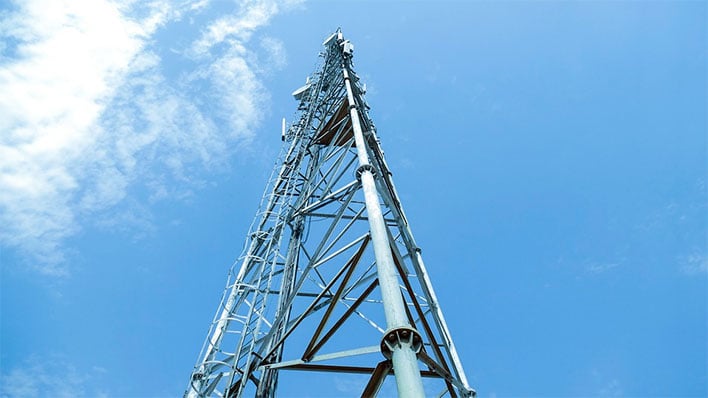If you've ever wandered through a town and spotted tiny 5G cell towers on the poles of street lights. They look like small boxes, but they're actually broadcasting wireless signals from cell phone providers to your phone.
The smaller ones are being replaced by the larger specially-designed cell towers. While they're not as noticeable, they still can cause issues for users.
It is the of the FCC's Radiation Exposure Thresholds
The FCC's Radiation Exposure Thresholds establish the maximum amount of time an individual can be exposed to electromagnetic energy from wireless devices. The exposure limits are based on scientific data that prove that electromagnetic energy could be harmful to health.
The absorption rate specific (SAR) is an indicator of the amount of radiofrequency energy that is absorption by tissues. It's typically 1.6 watts per kilogram, calculated over one Gram of tissue.
But, since 5g operates at higher frequencies and has the potential to create more energy on the skin and other exposed body areas. This could lead to many possible harms, like the formation of skin disorders such as dermatitis, skin cancer and cataracts.
Because of the potentially severe effects of 5g radiation, PSU has chosen to create a general limits on power density, which is 4mW/cm2 measured on 1cm2, and never to exceed 30 minutes, for all 5G services running at 3000 GHz. This localized limit is consistent with the peak spatial-average SAR of 1.6 W/kg, averaged over one g of tissue at 6 GHz.
The FCC's Maximum Exposure Thresholds for Maximum Exposure
If you've ever used a cell phone, you probably know that a safe distance from the tower is at least 400 meters away. This is due to the transmitting power of the cell tower is significantly increased the farther the tower is.
While it sounds like an ideal idea however, those living close to towers might be more prone to health problems. For instance, a 2014 study in India discovered that people who lived within 50 meters of cell towers experienced much more health problems than those who were distance from them.
This study revealed that those who relocated into areas farther away from the cell towers saw their symptoms return to normal within a few days. Other studies have demonstrated that exposure to extreme frequencies of radiofrequency electromagnetic fields (EMFs) can cause brain tumors, cancers and other health issues.
This is due to the fact that RF radiation, which is utilized in wireless communication, can be absorbed by the body's outer layer, which is the skin. This is important to understand since the skin functions as a protective barrier against injuries caused by mechanical forces, infections caused by pathogenic microorganisms and the entry of harmful substances. Additionally, it is the largest organ in the human body, and is responsible for maintaining the integrity of other organs.
what is a safe distance from a 5g cell tower for the Minimum Exposure
The FCC's Minimum Exposure Thresholds rely on several assumptions that are not supported by evidence from science. This includes the false assumption that exposures to RF radiation are safe due to minimal radiation penetration in the human body (i.e., tissue heating).

The assumption also ignores the greater penetration of ELF components of modulated RF signals, as well as the consequences on the body of short bursts generated by RF waves that are pulsed. what is a safe distance from a 5g cell tower do not correspond with current knowledge of the biological consequences of RF radiation, and thus they should not be considered for health protection exposure standards.
Additionally there is the fact that both ICNIRP and FCC are limiting their exposure limits to local peak SARs, based on the maximum spatial specific absorption rate (psSAR), which can be described as not a reliable dosimetric instrument to determine the degree of radiation exposure. In particular, psSAR is inaccurate for frequencies that exceed 6 GHz. Additionally, psSAR hasn't been tested for RF radiation with co-exposure to other environmental agents such as sunlight. Interactions of RF radiation with other environmental agents could result in antagonistic or synergistic impacts. This could result in an increased risk of negative health adverse effects. For safe distance from cell tower , co-exposure to RF radiation and sunlight could increase the risk of skin cancer and exacerbate other skin conditions like acne.
